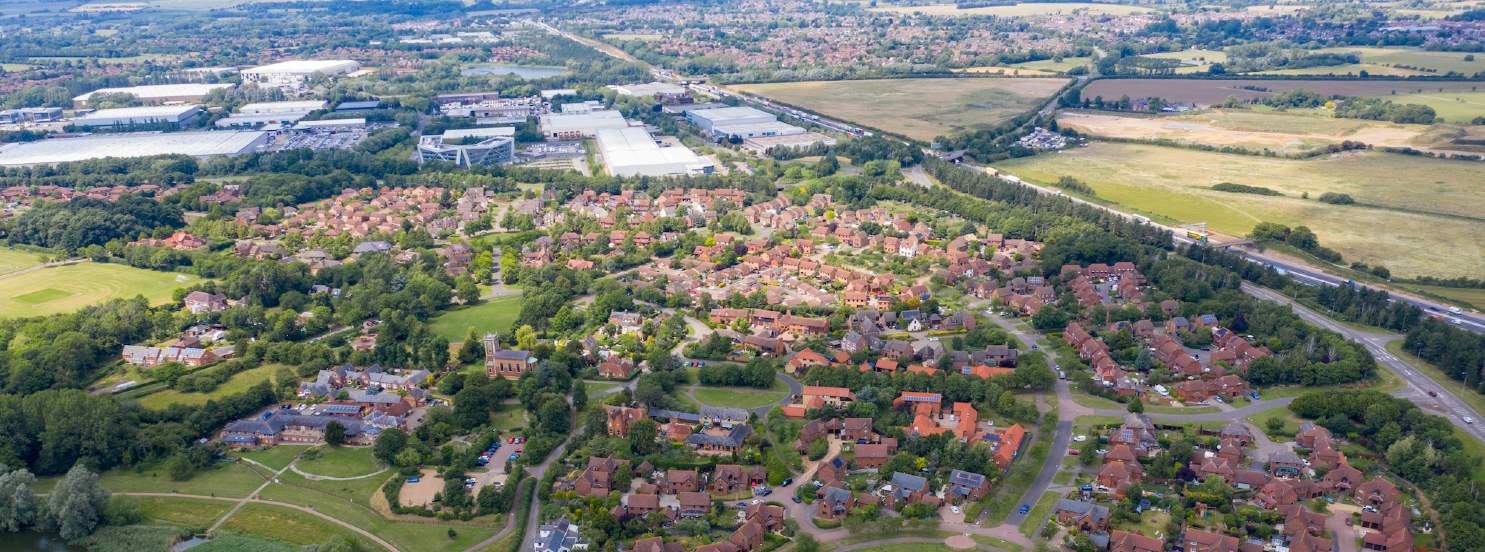The wait is over and we now know the eight new cities named to celebrate the Queen’s Platinum Jubilee.
Receiving the coveted title are Milton Keynes, Colchester and Doncaster in England, alongside Dunfermline in Scotland, Bangor in Northern Ireland and Wrexham in Wales. Stanley in the Falklands and Douglas in the Isle of Man complete the list.
City status has been a royal honour since the 19th century when Queen Victoria afforded the title to Bradford, Kingston upon Hull and Nottingham in 1897.
In the 70 years since Queen Elizabeth II acceded to the throne, 15 towns have been granted the honour – most recently Chelmsford, Essex, Perth, central Scotland, and St Asaph, Clewd, chosen to commemorate the Queen’s Diamond Jubilee. This year’s successful bidders have joined 69 current cities in the UK, with 51 in England, six in Wales, seven in Scotland and five in Northern Ireland.
Winning city status can provide a lift to local communities and open up new opportunities for the people who live there. Our research indicates that gaining city status can also create an initial boost to house prices. In the two years after becoming a city, house prices in Chelmsford increased 11 per cent, while prices in Perth and St Asaph increased by 8 and 6 per cent respectively.
Momentum for growth has not slowed in Chelmsford and house prices have soared 69 per cent in the last 10 years (compared with 47 per cent average across the UK), thanks to subsequent inward investment which kick-started major commercial and residential development in the city centre.
However, the impact has been less meaningful in the long term for the two other winning cities with growth slowing after the initial flurry. House prices now sit at £205,531 in St Asaph, up 36 per cent since 2011, while Perth has seen prices increase 16 per cent over the 10 year period (£164,723).
Current house prices across the newly awarded UK cities vary – ranging from Milton Keynes in Buckinghamshire (£330,261 – the highest) to Doncaster in South Yorkshire (£168,737 – the lowest). Average house prices in Milton Keynes sit most significantly below its country average. Prices here are 32 per cent below the average for Buckinghamshire, while average prices in Colchester sit 24 per cent below the average for Essex.
Overall, house prices in the new UK towns-made-cities sit 18 per cent below the average for the local authority in which they are located, and for the majority, the growth seen over the past 10 years has been slower than the UK average – meaning that there is still plenty of room for growth.
Newly awarded city house prices (UK only)

(2).jpg)
.jpg)
.jpg)




.jpg)
.jpg)
.jpg)